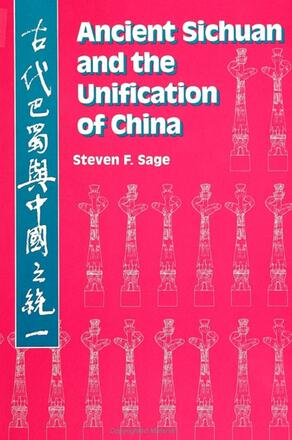
Ancient Sichuan and the Unification of China
Alternative formats available from:
Description
Recent archaeological finds in China have made possible a reconstruction of the ancient history of Sichuan, the country's most populous province. Excavated artifacts and new recovered texts now supplement traditional textual materials. Together, these data show how Sichuan matured from peripheral obscurity to attain central importance in the Chinese empire during the first millennium B. C.
Steven F. Sage is Professor in the Department of History, Middle Tennessee State University.
Reviews
"What I like most about this manuscript is that it is enjoyable to read, and makes ancient history come alive. The author's style is lively and carries the reader through the history of ancient Sichuan and its role in the greater sphere of ancient Chinese history.
"This topic is definitely significant. A study of ancient Sichuan has been long overdue. The analysis is made more important by placing ancient Sichuanese history in the context of both the history of the northern central states, especially Qin, and the dominant northern state, Chu.
"It is also significant that large portions of the Hua Yang Guo Zhi have been rendered into English—although the work is known to have certain historical problems, it is an important text for people researching the ancient history of China's southwest. It has never been translated, and Sage's work helps to remedy this situation. " — Heather A. Peters, The University Museum, University of Pennsylvania